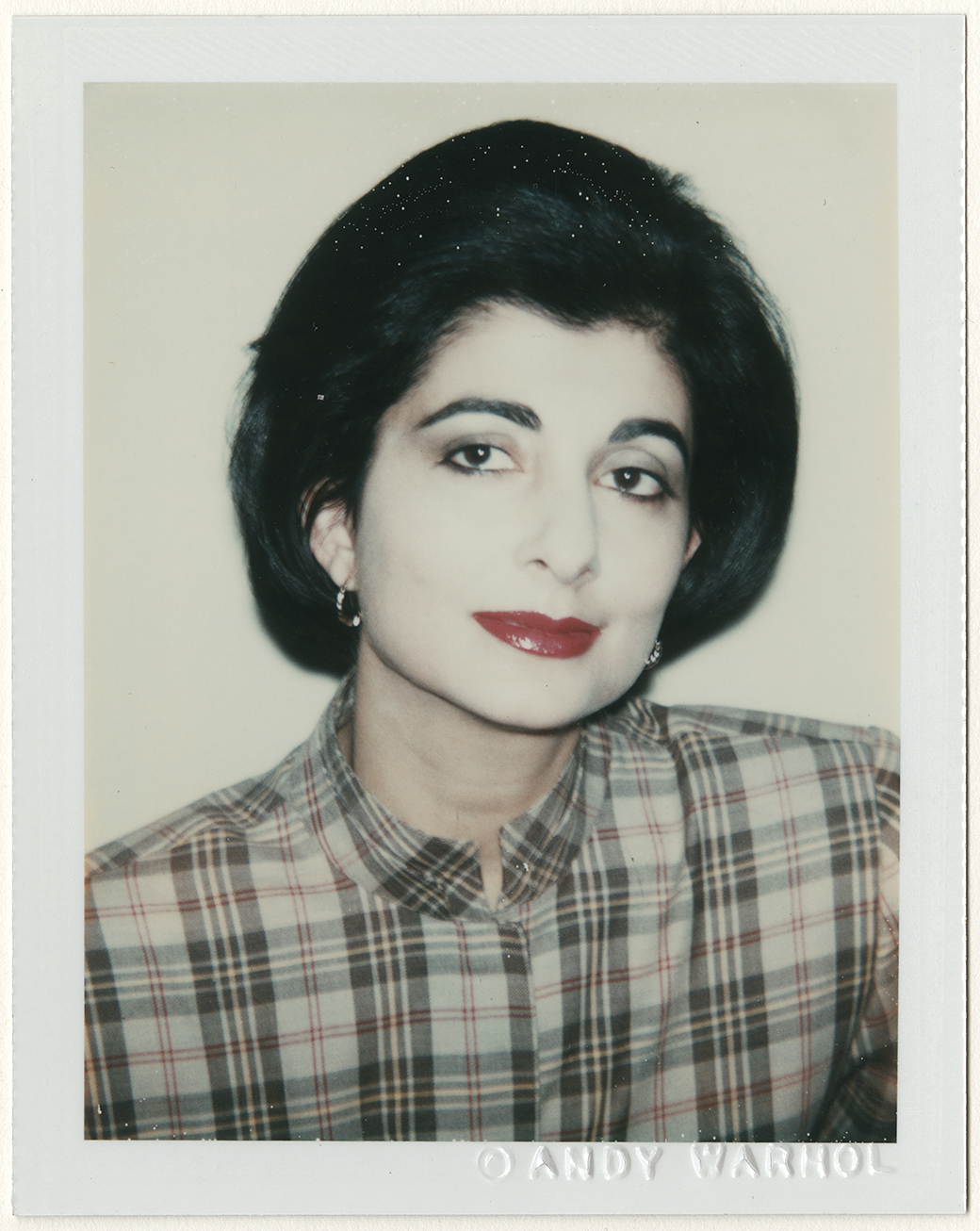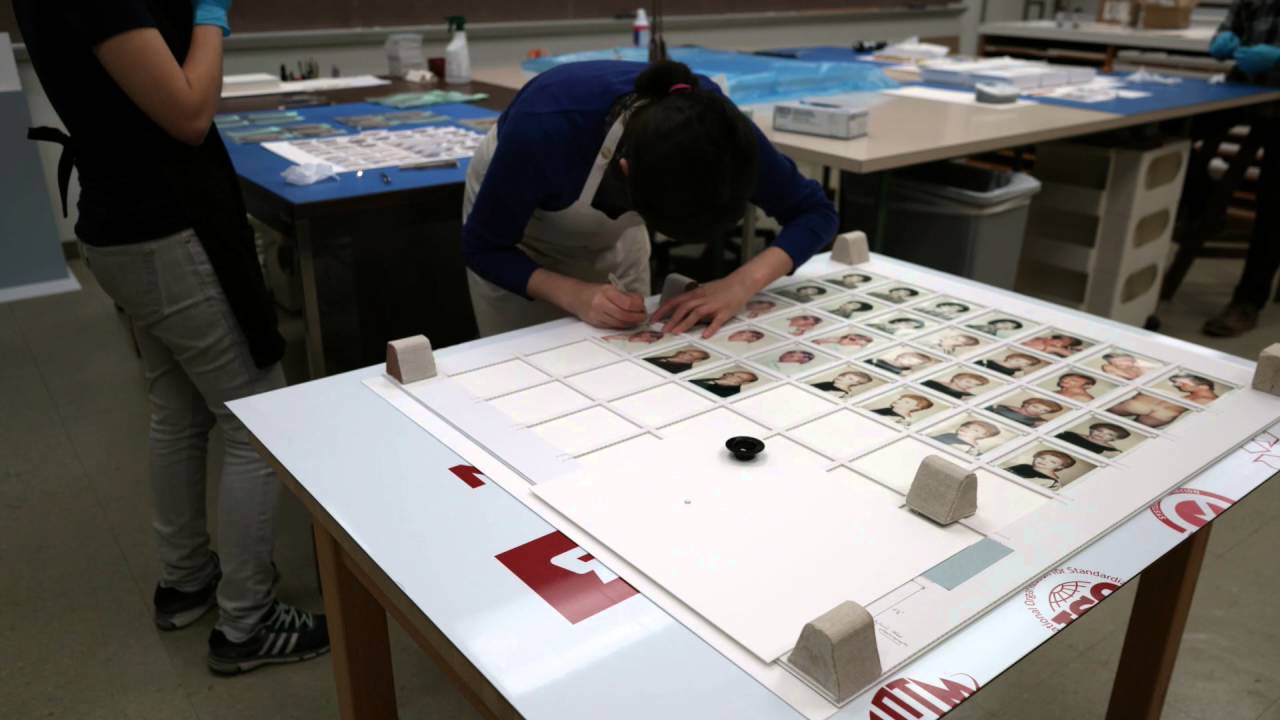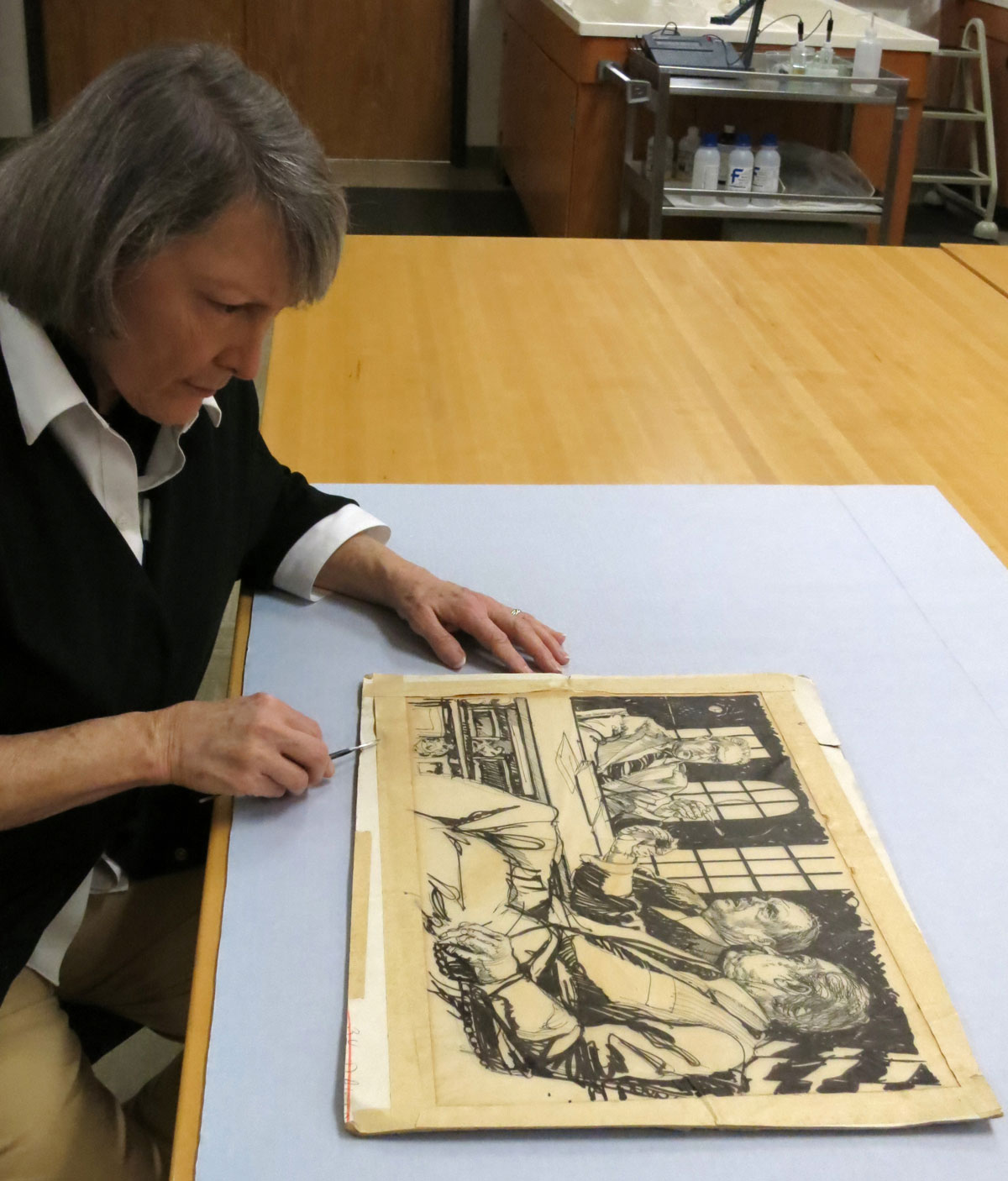preservation week
Mounting Andy Warhol’s Polaroids
“Isn’t life a series of images that change as they repeat themselves?”—Andy Warhol
Meet the Staff: Jane Boyd and the art of the paper lab
Meet the Staff is a blog post series on Cultural Compass that highlights the work, experience, and lives of staff at the Harry Ransom Center. This installment of Meet the Staff is released in conjunction with our series for the American Library Association’s Annual Preservation Week, which highlights work in the Ransom Center’s preservation and conservation division. [Read more…] about Meet the Staff: Jane Boyd and the art of the paper lab


